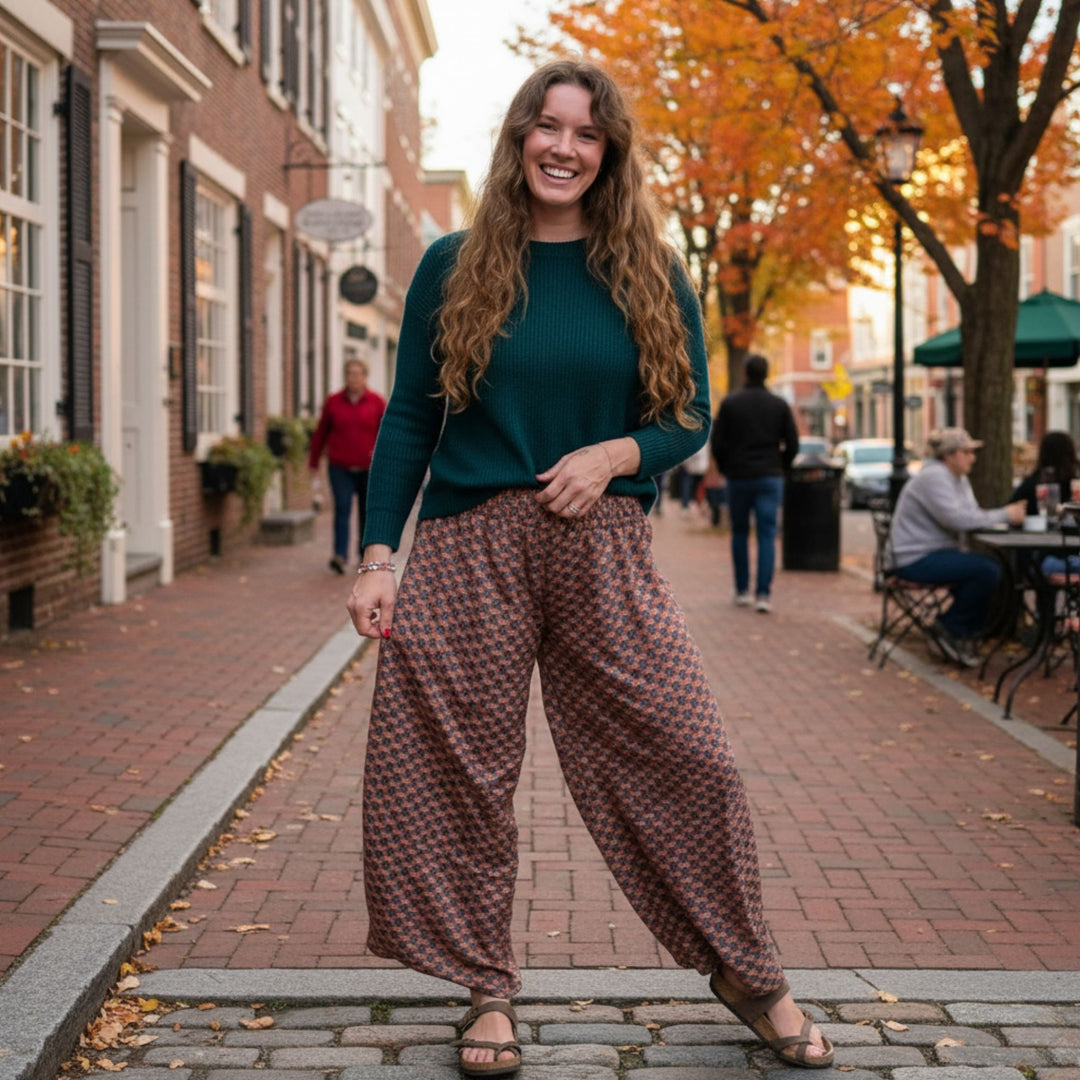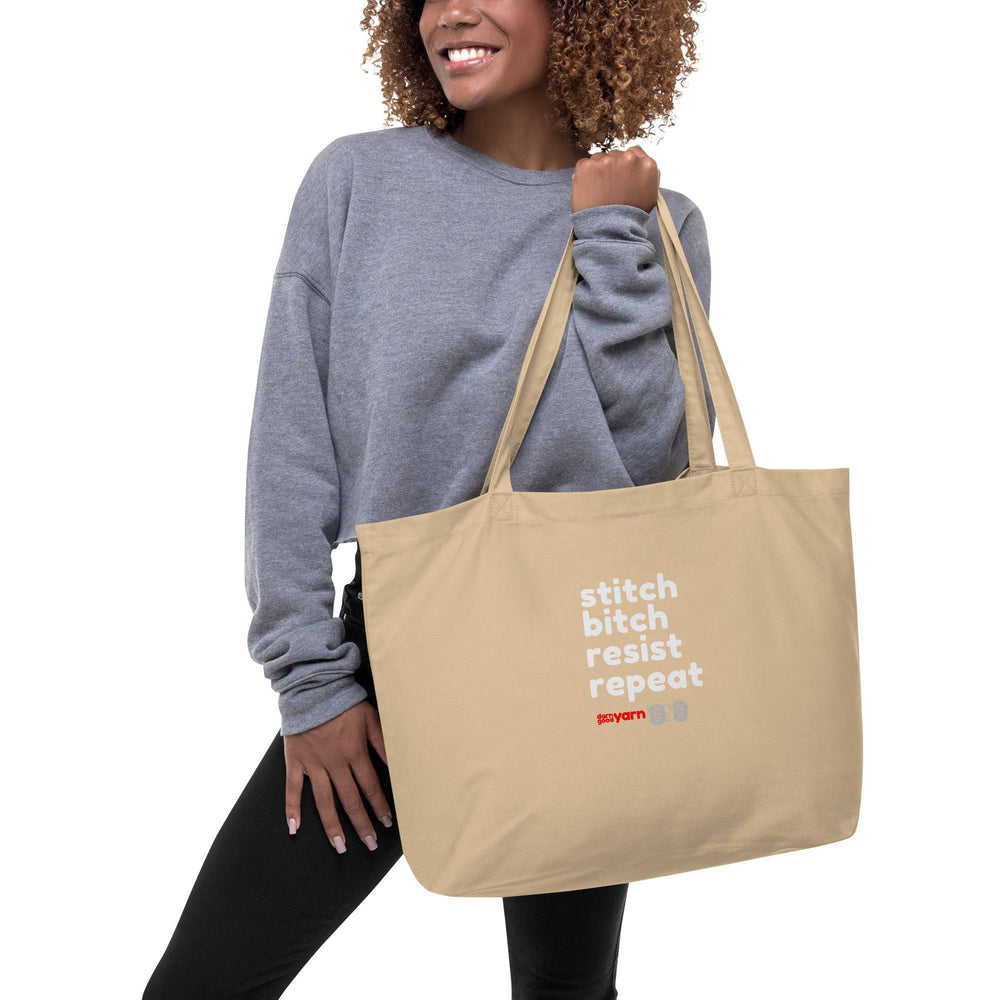Written by Michaela MacBlake Matthews
Creative Therapy, or Art Therapy, is the practice of using artistic projects within a psychologist’s therapeutic practice to help their clients unlock deeper emotions, reduce anxiety, build self esteem, and more. Some therapists specialize in artistic approaches, while others simply keep it in their toolbox as a part of a larger treatment plan.
It isn’t just supported by psychologists, though. Any artist, crafter, or maker on this planet will tell you that art has therapeutic properties, so… how do we learn how to harness them at home?
How does art therapy work?

Focusing On Self Expression
There are two sides to the emotional power of creativity: making, and viewing. When you create something, whether it’s a piece of clothing, a painting, a sculpture, a song, etc., it ultimately bears the essence of you! You may choose to draw from the inspiration of your favorite memories, or things that you’ve seen and liked in the past. You may draw from personal experiences, or ongoing emotions. Regardless, everything you create comes from your own tastes, interests, and choices; and that tells a unique story that is yours to own.
Making Space For You
When you spend time on a creative project, regardless of how the finished project turns out, you are investing time and energy into yourself. You’re turning inward, and exploring your own ideas during creation, and when you come up with the finished piece, you’re making space for yourself by choosing to display it, or gift it to someone else who will value it. While many people struggle to make room for themselves, creativity is an indirect way to do exactly that.
Working With Yourself From A Bird’s Eye View
Creative projects in any medium require a lot of trial and error. When you take on the task of bringing an idea to life, there will usually be some adjustments along the way. The goal and the vision may shift, or an accidental turn may be just what makes it work! This isn’t only similar to working with yourself, it’s a direct reflection. Arts and humanities are just that: a product of humanity, and a projection of the subtleties that make us human.

A Softer Way To Confront The Difficult Parts
Creating can also be a softer way to self-discuss hidden emotions, serious events, and other things that are just a little too hard to say out loud. Sometimes in the midst of a personal problem, overused words like ‘depressed’ or ‘rejection’ can feel a bit too cliche, or lackluster. It can be painful to open up about these sorts of things to a therapist, and feeling meek ontop of being vulnerable can sometimes be too much to tackle. With creation, however, we can approach these sorts of feelings in a way that feels sleeker, more empowered, and a little less direct.
A Scrapbook To Believe In Your Growth
Over an extended period of time, several creative projects can begin to tell a story of growth. It is a wonderful feeling to look back on the most dull or gritty pieces you’ve ever made, and know beyond a shadow of a doubt that you’re just not in that place anymore. For anyone struggling with waves of depression and anxiety, it may help to keep a creative journal of the highs and lows, to recognize that both are real feelings, and to keep track of overall improvements beyond the fluctuations.
Art Viewing As A Method Of Self-Growth
Viewing art, styling yourself and your space, and choosing creative goods can be just as important for self expression as creating your own. To learn more about how visual cues affect the mind, and how they communicate subtleties like emotion, pacing, and intent, check out the Free NLP Art Appreciation Course by Surrealismac:

Get The Free Course at Surrealismac.com
This course details how to recognize and decode the psychological and spiritual components in an image, and use your own taste in things like art, decor, and clothing, to learn about and expand yourself! Although there are many ways to approach creative therapy, there are an infinite number of ways to reap the benefits from home, with whatever tools you have available to you.
Creativity is all about opening yourself up to explore and interact with new ideas, and when your mind is open… progress loves to walk through.
 "Mac" is on the Lifestyle Team here at Darn Good Yarn, and loves taking a ‘teach a man to fish’ approach to creative therapy. She is certified in neuro-linguistic programming, and is also the surreal artist and author behind Surrealismac.
"Mac" is on the Lifestyle Team here at Darn Good Yarn, and loves taking a ‘teach a man to fish’ approach to creative therapy. She is certified in neuro-linguistic programming, and is also the surreal artist and author behind Surrealismac.
 Rewards
Rewards




















